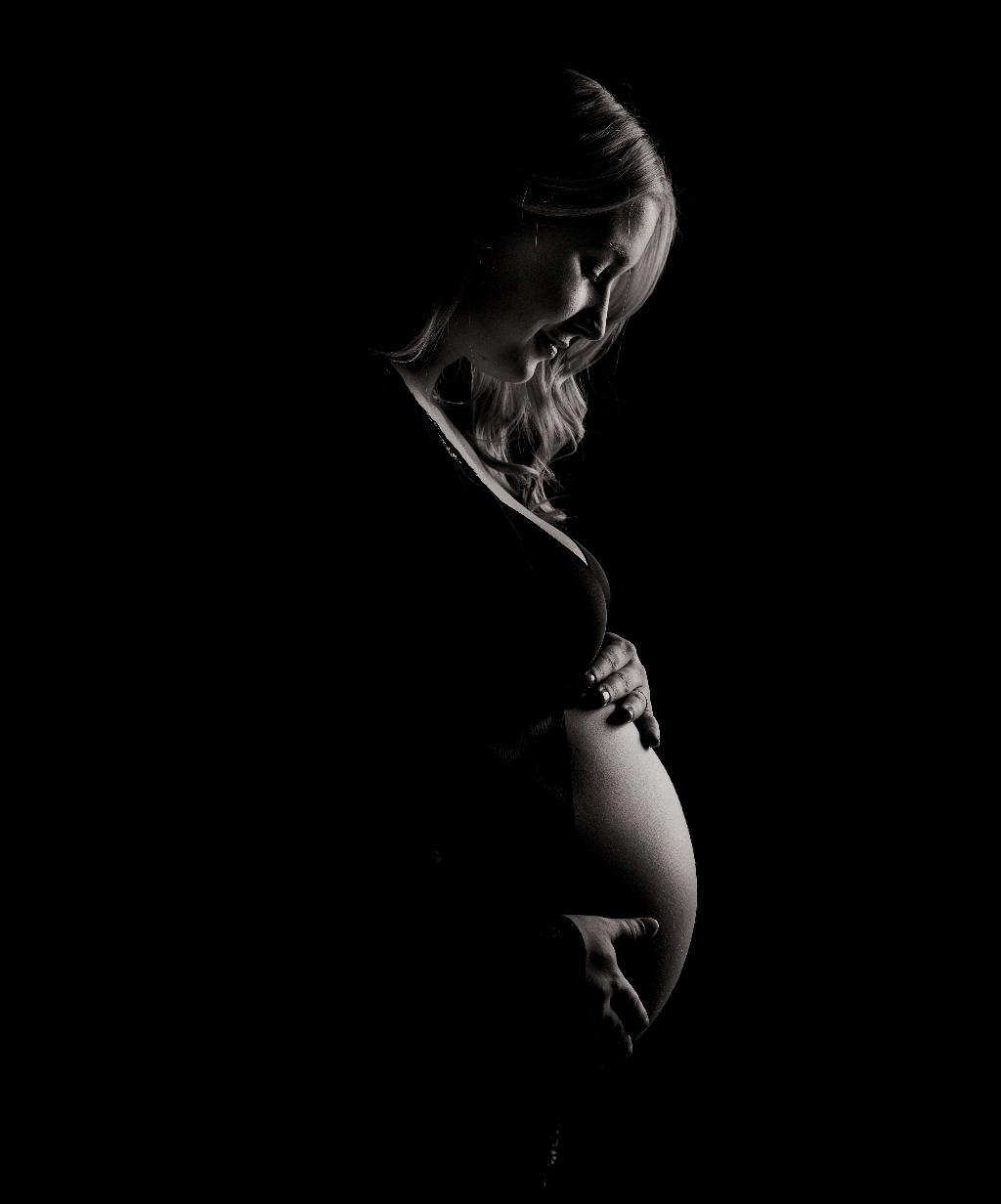When it comes to identifying whether you are experiencing a hemorrhoid or a fissure, it’s essential to pay close attention to the symptoms you are experiencing. Both conditions can bring discomfort and bleeding, making it crucial to differentiate between the two to receive the appropriate treatment.
If you are dealing with pain but can’t feel any distinct external lump in the affected area, the likelihood is higher that you might be experiencing a fissure. Fissures are small tears in the lining of the anus, typically causing sharp pain during bowel movements and sometimes persisting afterward.
On the other hand, if you observe that you are leaking mucus from your anus or notice a soft lump around the anal opening, it is more probable that you are dealing with a hemorrhoid. Hemorrhoids are swollen blood vessels in the rectum or anus that can cause itching, discomfort, and noticeable bleeding.
While both hemorrhoids and fissures can result in bleeding, the characteristics of the blood may help you distinguish between the two conditions. If you notice bright red blood on your toilet paper or in the toilet bowl after a bowel movement, it is more indicative of hemorrhoids. Fissures, on the other hand, typically produce blood that is bright red on the toilet paper.
Another crucial factor to consider when discerning between hemorrhoids and fissures is the duration of symptoms. Hemorrhoids are often chronic and can flare up intermittently, causing recurrent discomfort. Fissures, however, can be acute and may heal on their own with proper treatment and care.
When it comes to pain, fissures tend to cause sharp, intense pain during and after bowel movements, which can sometimes last for hours. Hemorrhoids, on the other hand, may cause a dull ache or discomfort in the anal region, especially during activities like sitting or standing for prolonged periods.
Furthermore, the location of the discomfort can also provide clues about whether you are dealing with a hemorrhoid or a fissure. Fissure pain is typically concentrated around the anus and may feel like a burning or tearing sensation. Hemorrhoid discomfort, on the other hand, can be felt internally or externally near the anal opening.
It’s essential to pay attention to any itching or irritation you may be experiencing in the anal area, as this can also help differentiate between hemorrhoids and fissures. Hemorrhoids often cause itching as a result of the swelling and irritation of the affected blood vessels, while fissures may not typically be associated with intense itching.
Addressing the issue of leaking and discharge, hemorrhoids are more likely to produce mucus from the anus due to the inflammation and swelling of the blood vessels. Fissures, on the other hand, may not typically result in noticeable mucus discharge unless there is an infection present.
Considering your overall health and medical history can also provide valuable insights into whether you are dealing with a hemorrhoid or a fissure. Individuals with a history of constipation, straining during bowel movements, or conditions like Crohn’s disease are at a higher risk of developing hemorrhoids.
Lastly, seeking medical advice and getting a proper diagnosis from a healthcare professional is crucial in determining whether you have a hemorrhoid or a fissure. While home remedies and over-the-counter treatments can provide relief for mild cases, severe or persistent symptoms may require specialized care and treatment options.
In conclusion, understanding the key differences in symptoms, pain patterns, bleeding characteristics, and other factors between hemorrhoids and fissures can help you identify and address the issue effectively. By being attentive to your body and seeking appropriate medical guidance, you can navigate the discomfort associated with these conditions and work towards effective management and treatment.

